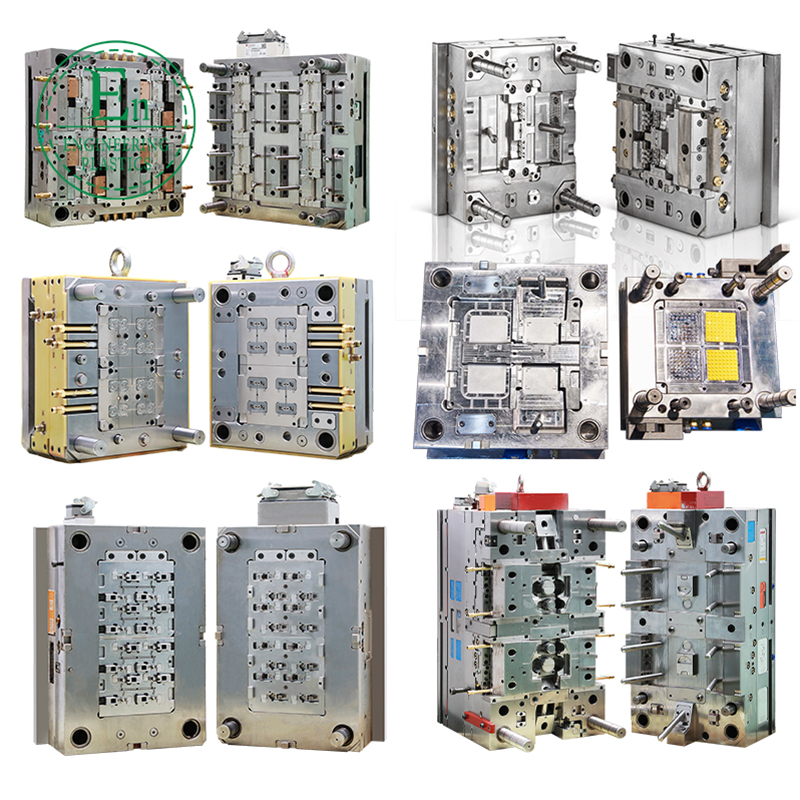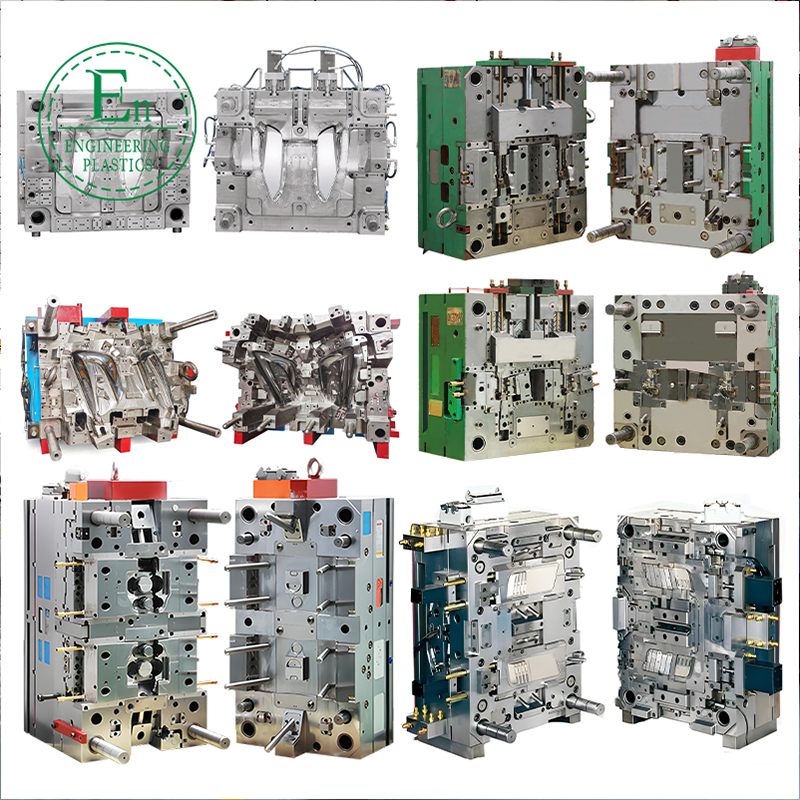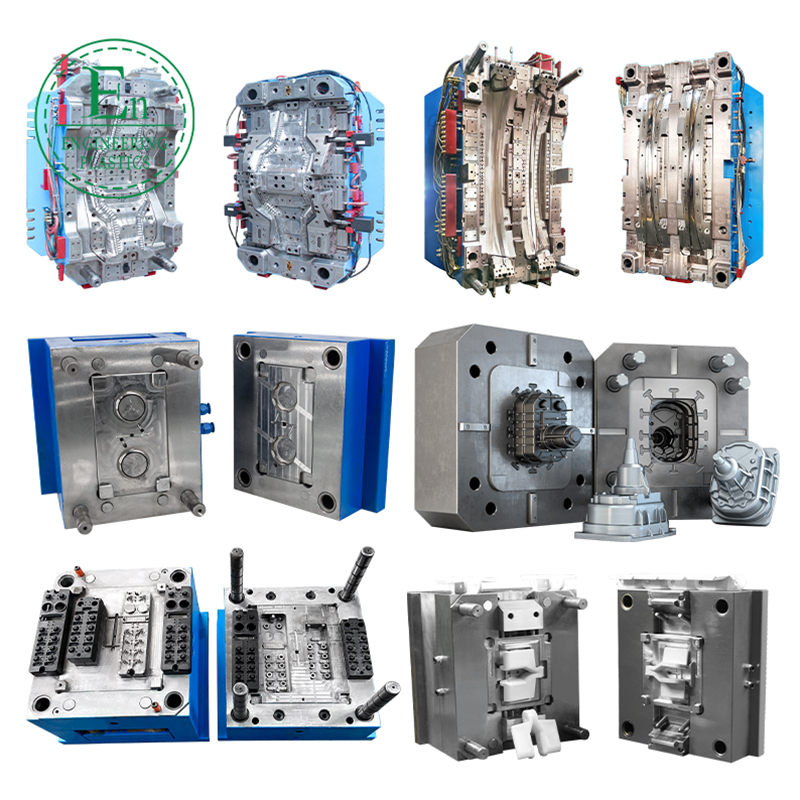
A thorough understanding of melt temperature and mold temperature is essential for achieving optimal injection molding results.








Understanding Melt Temperature and Mold Temperature
A thorough understanding of melt temperature and mold temperature is essential for achieving optimal injection molding results. Melt temperature is determined by the type of plastic being used, and it can significantly affect the flow characteristics of the material. For thermoplastic materials, the melt temperature is typically determined by the specific polymer's processing guidelines. Manufacturers must adhere to these guidelines to avoid issues such as incomplete filling or excessive cycle times.
On the other hand, mold temperature plays a crucial role in the cooling phase of the injection molding process. Higher mold temperatures can lead to a slower cooling rate, which allows the material to flow better but may also increase cycle times. Conversely, lower mold temperatures promote quicker cooling, reducing cycle time but may lead to increased residual stress in the material. Thus, finding the right balance between melt and mold temperature is key to optimizing production efficiency and product quality.

Moreover, the relationship between melt temperature and mold temperature is often a point of contention for manufacturers. An ideal scenario is to achieve a melt temperature that allows for optimal flow into the mold while ensuring that the mold's temperature facilitates rapid cooling. By conducting experiments and utilizing advanced simulation software, manufacturers can identify the optimal temperature settings for their specific materials and applications.

